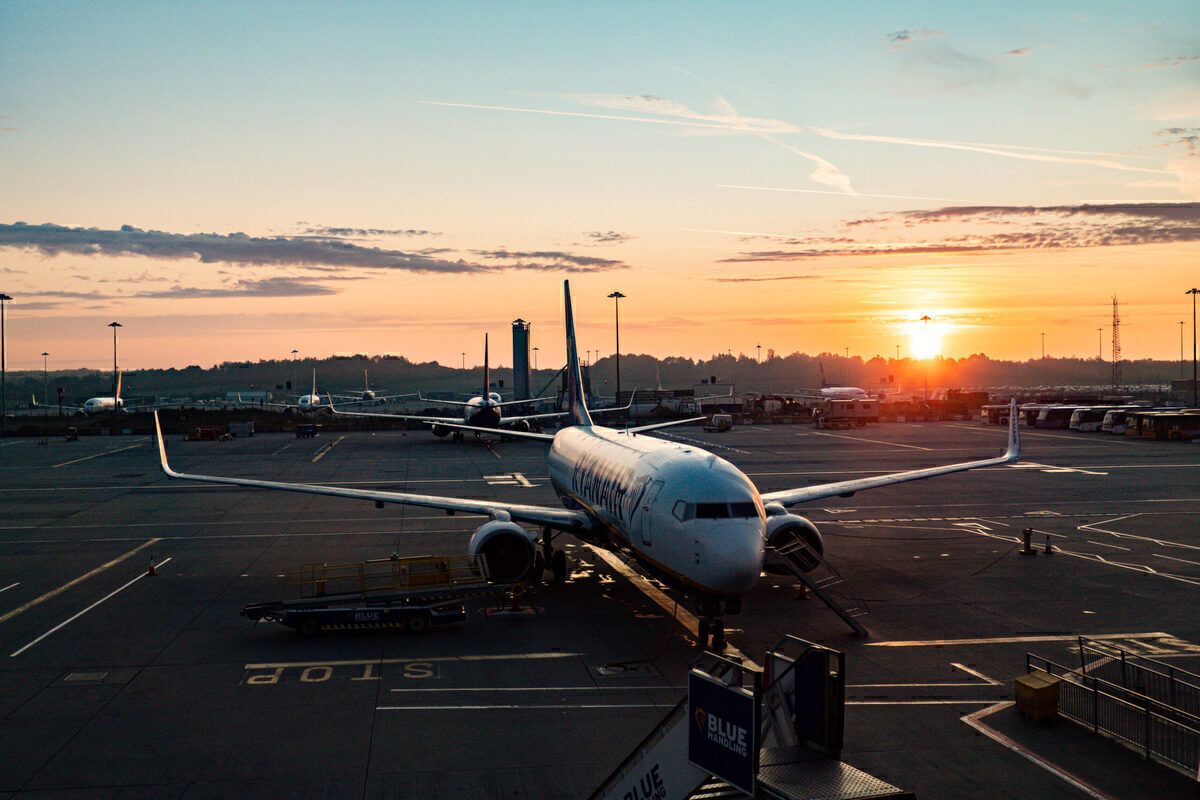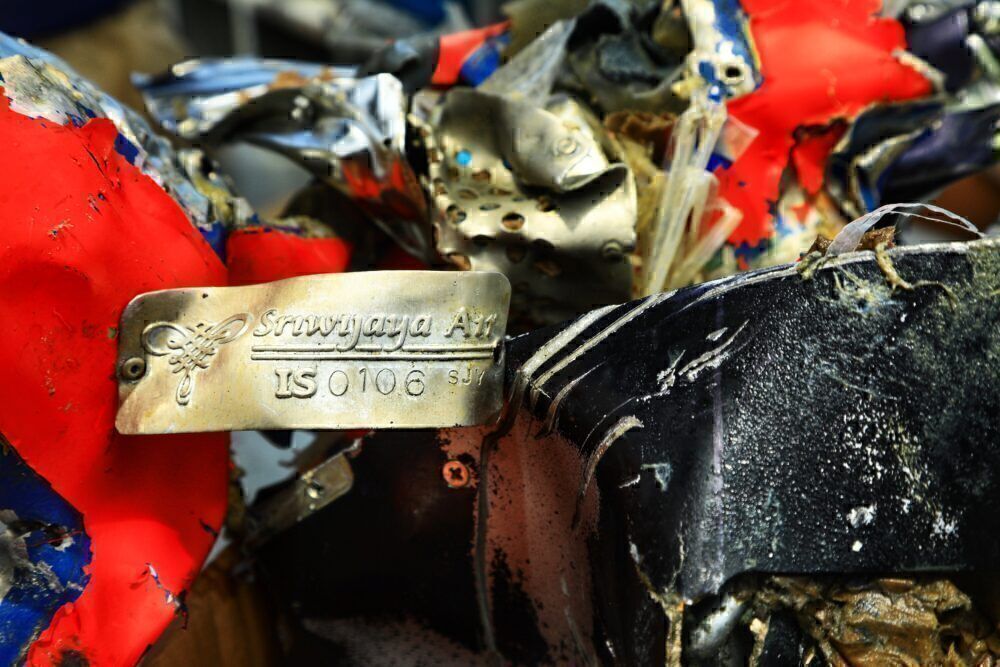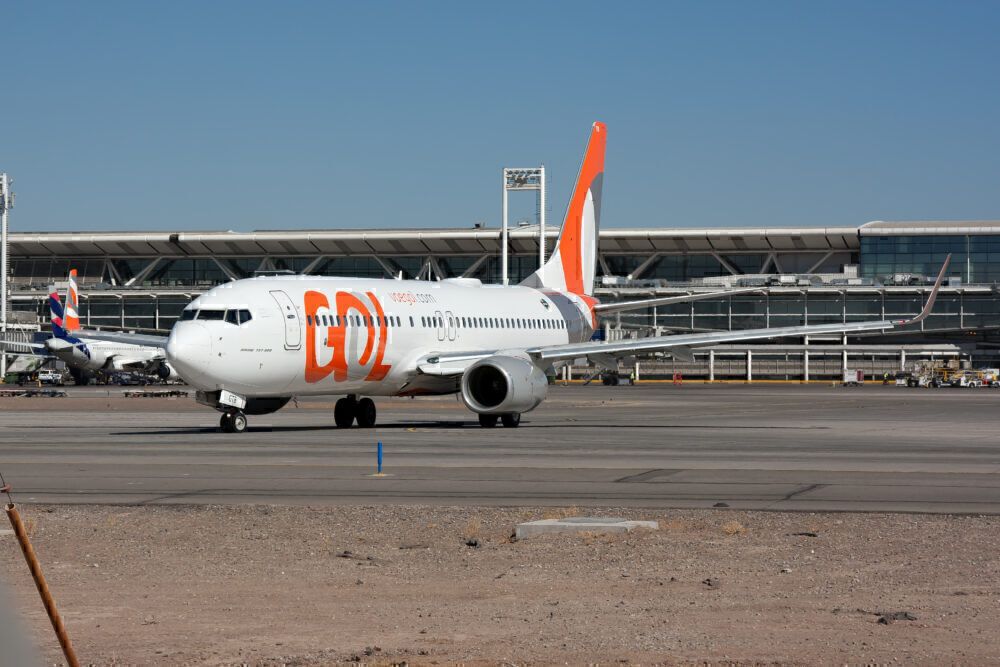The aviation industry is bound by countless stringent safety regulations designed to keep passengers and crew safe at all times. However, it is impossible to fully mitigate against what can be quite random occurrences, and, subsequently, things can and do sometimes go wrong. In such instances, one often hears the terms 'accident' and 'incident' used to describe what has happened to the aircraft or its occupants. But what exactly do these terms mean?
Accidents
An accident is the most severe classification for an occurrence involving one or more aircraft in which something goes wrong. According to the Civil Aviation Authority of New Zealand, these occurrences can happen across a broad time scale. It states that they can take place:
"...between the time any person boards the aircraft with the intention of flight, and such time as all such persons have disembarked, and the engine or any propellers or rotors come to rest."
Having established the timescales, this government body defines an accident as an occurrence that results in one or more of the following consequences.
- One or more people are either fatally or seriously injured, either onboard or in the vicinity of the aircraft in question. As well as aircraft crashes, this also applies to cases of direct exposure to jet blast. Exceptions are made in the case of self-inflicted exposure.
- The aircraft sustains severe damage that compromises its structural integrity and flight characteristics. This will generally require either a significant repair job, or a full replacement of the affected component.
- The aircraft goes missing or is otherwise inaccessible.
Stay informed: Sign up for our daily and weekly aviation news digests!
Incidents
Incidents are a more common aspect of airline operations. They do not carry the severity or the same extent of potential damage to property or injuries and loss of life that accidents do. However, this does not mean that they can go uninvestigated. According to Skybrary, an incident is defined as:
"An occurrence, other than an accident, associated with the operation of an aircraft which affects or could affect the safety of operation."
With safety being a key priority in commercial aviation, incidents are also taken very seriously. After all, what seems a minor occurrence at the time could lead to larger problems in the future if not dealt with appropriately. But is there a middle ground between these two seemingly binary categories?
A third category?
Skybrary also lists a third type of occurrence, which is something of a midway point between accidents and incidents. These are known as 'serious incidents,' and are defined as:
"An incident involving circumstances indicating that there was a high probability of an accident."
These occurrences cover the same timescales as accidents, and are often subjected to more extensive investigations. This ensures that they are not repeated in a way that threatens a full-scale accident again. An example of this would be the near mid-air collision in Australia in October 2019.
Were you aware of the different ways in which aviation authorities distinguish an accident from an incident? Are there any other similar pieces of terminology that you would like to see us explain? Let us know your thoughts in the comments!



